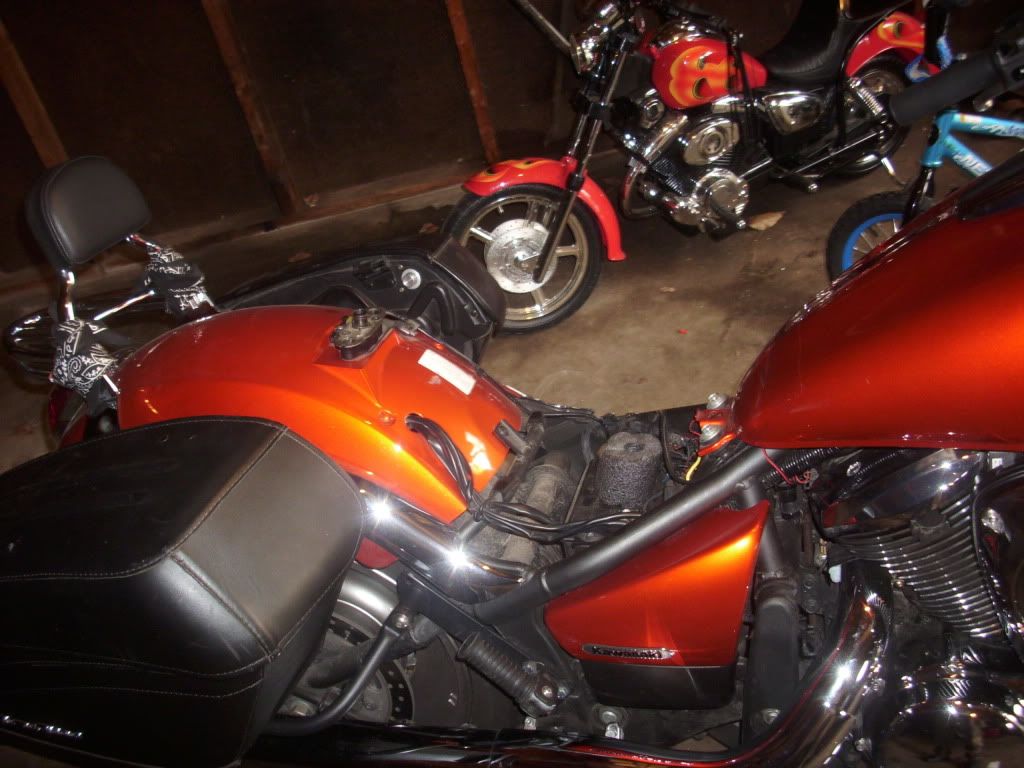Hi all,
Recently installed these lights BAR MOUNT AUX LED LIGHTS, which came with wiring kit to suit KVS (switch, relay, 30A fuse..). I currently have it wired directly to the battery which is fine but would much prefer it connected to the accessories so that they switch on and off with the ignition key. I assumed I could just connect the + and - wires to the accessory connectors provided (under seat or behind headlight) and all would be good. Apparently not! Not sure what I'm doing wrong (fairly basic electrical understanding). I'm thinking that I might need to remove the switch or relay or both to run them with the accessory connectors? If anyone could point me in the right direction that'd be greatly appreciated
Some specs on the lights
Recently installed these lights BAR MOUNT AUX LED LIGHTS, which came with wiring kit to suit KVS (switch, relay, 30A fuse..). I currently have it wired directly to the battery which is fine but would much prefer it connected to the accessories so that they switch on and off with the ignition key. I assumed I could just connect the + and - wires to the accessory connectors provided (under seat or behind headlight) and all would be good. Apparently not! Not sure what I'm doing wrong (fairly basic electrical understanding). I'm thinking that I might need to remove the switch or relay or both to run them with the accessory connectors? If anyone could point me in the right direction that'd be greatly appreciated
Some specs on the lights
- Power - 15W
- Operating Voltage - 12V DC
- Waterproof rate - IP 67
- Color Temperature - 6000K
- Material - Die cast aluminum housing
- Lens material - PC
- Lumens- 1050LM
- Lifetime - 30000+ Hrs





